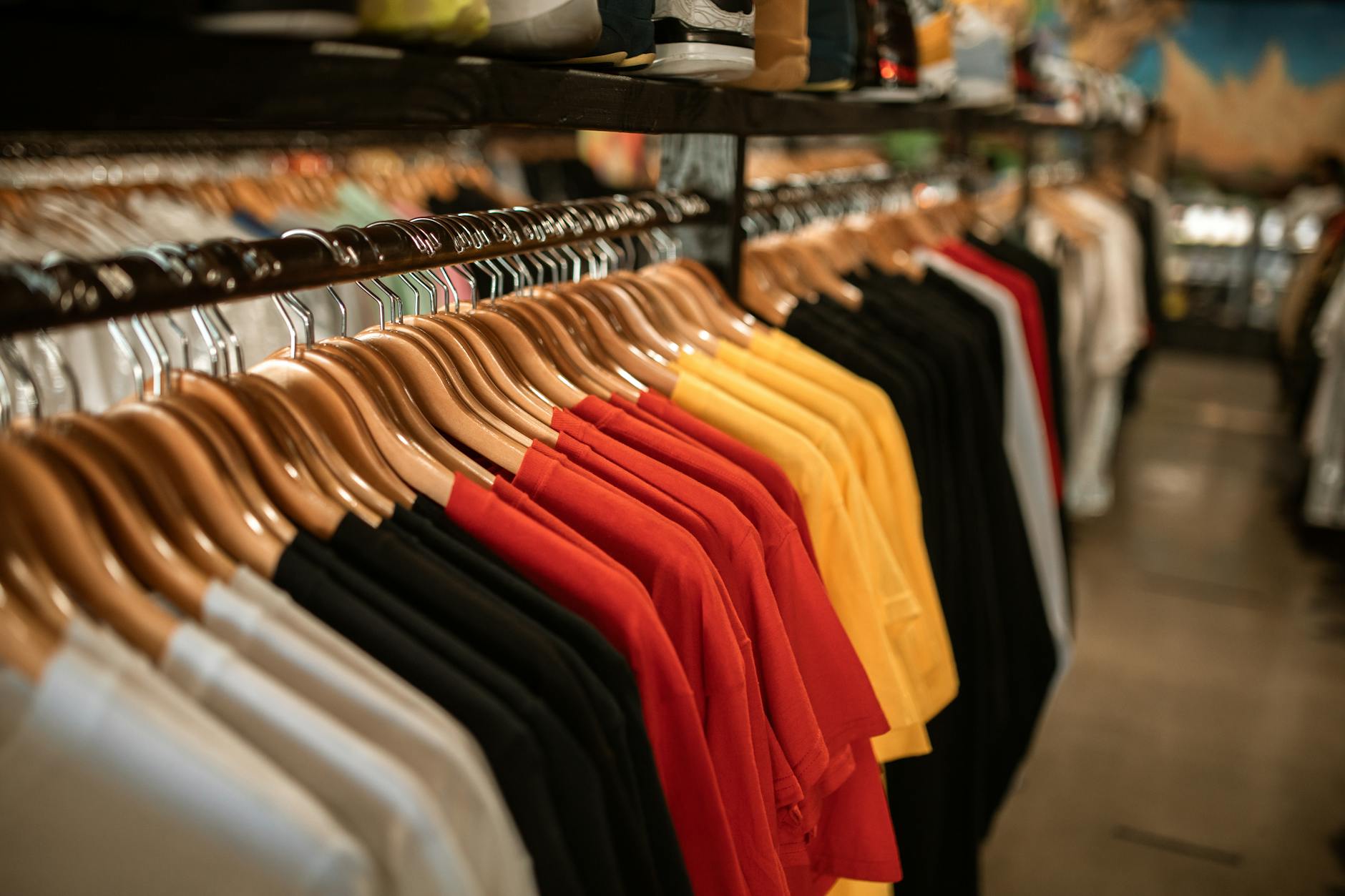How to Choose the Best Pro Audio Equipment for Gigs in Australia

Assess Your Audio Needs
When you’re planning an audio setup, understanding the nuances of your needs is crucial. Having spent many late nights tuning gear for gigs around the Sydney Opera House and other local arenas, I’ve learned that tailoring your musical equipment choice to fit the specific context can make all the difference.
Identify Your Gig Type
The type of event you're audio-fitting for will heavily influence your technology choices. A solo performance with an intimate audience demands different equipment than a full band concert. Working backstage at Marrickville's vibrant music scene, I often remember advising artists on choosing the right recording microphone—from dynamic mics to condensers, each type caters to specific sound needs. Understanding the event's vibe helps in creating an audio atmosphere that resonates well with the audience.
Consider Venue Size
The size of your venue directly affects sound distribution. Large spaces like concert halls might require an antenna tracking system to manage wireless connections, while smaller venues may get away with simpler setups. In venues like those around Centennial Park, where outdoor acoustics can pose unique challenges, anticipating the dispersion of sound can avoid muffling or distortion.
Audience Expectations
Audiences today crave impeccable sound quality, similar to what you'd find in studio recordings. It’s essential to know their preferences, as catering to their expectations can enhance their overall experience. Learning from previous events, I saw that when the sound meets their expectations, the engagement level skyrockets, and they leave feeling inspired and satisfied with the experience.
Exploring Equipment Options
Speakers and Amplifiers
When setting up for a sound gig, selecting the right pro audio equipment is crucial. My first experience with the vibrant music scene at Marrickville taught me how the perfect pair of speakers could transform the ambiance and energy of an event. I vividly recall setting up with a pair of 15-inch speakers, ensuring the output was robust enough for the larger-than-expected crowd. Amplifiers play a significant role in this setup by boosting the signal strength of speakers. It's essential to match the power output of the amplifier with the speakers to achieve the desired sound quality without risking any equipment damage.
Mixers and Consoles
Any seasoned sound technician will tell you that mixers are the heartbeat of an audio setup. These devices manage how different audio inputs are blended together before being amplified. My hands-on work with a digital console during an event at the Sydney Opera House highlighted the importance of intuitive control panels. You can quickly adjust sound levels, ensuring perfect acoustics in any setting. Whether you're using an analog or digital mixer, understanding its functionality can dramatically impact your overall sound output.
Microphones and Stands
Microphones capture the essence of a performance and are indispensable components of any audio system. At one gig, trying out different microphones made me realise their critical role in sound quality. Whether you're using a dynamic mic for live performances or a condenser mic for studio recordings, pairing it with the right stand ensures stability. Stands can be adjusted for perfect positioning, aiding in cleaner, more direct sound collection. Selecting the right mic can be a game-changer, providing crystal-clear audio that resonates with the audience. Additionally, explore emerging technologies, like advanced paging systems, for seamless communication during events.
With these insights, your choice of equipment should be well-informed, enabling a superior audio experience.
Evaluate Technical Specifications
Power and Wattage
In the energetic world of audio tech, knowing how much power is needed can mean the difference between a stellar performance and underwhelming gig. Having spent countless nights at gigs in places like the vibrant music scene at Marrickville, I’ve learned the significance of matching power with venue size. A smaller venue may only require a modest setup, but an event at the expansive The Sydney Opera House will test any audio rig's limits. In those grand spaces, look for systems boasting a higher wattage to deliver strong, clear sound that reaches every corner. Make sure to consider the number of speakers and amps, and keep an eye for the right professional microphone. These choices can help ensure seamless performance.
Frequency Response and Range
Another critical piece of the puzzle is understanding frequency response and range. This is what defines the breadth of sounds your system can reproduce, covering those deep bass notes in guitars and basses as well as the high pitches of a soprano note. While playing at places like Marrickville with its eclectic venues, the rich sounds really shine through when your gear can handle a broad spectrum of frequencies. Whether it’s a thumping bass line or delicate high notes, getting your frequency response right is essential for an immersive experience.
Portability and Setup Ease
Having portable and easy-to-set-up equipment is key, especially if your gigs take you across various locations in Sydney. From quick outdoor setups in neighbourhood marathons to the hassle of setting up a full stage at a busy venue, ease of setup can save invaluable time. Opt for gear that's not only lightweight but also intuitively designed for swift assembly. Think back to those impromptu band practices—gear that’s a breeze to transport and set up allows you to focus on what truly matters: the music.
Set Up for Optimal Performance
Audio System Configuration
Whenever I gear up for a gig, especially in venues known for their challenging acoustics like some sections of the Marrickville music scene, achieving the right audio system configuration is crucial. I always ensure the placement of my broadcast solutions equipment is strategic to navigate any echoes or sound bounces. This means positioning my speakers and sound monitors to ensure even audio distribution, which is vital in maintaining sound clarity. You wouldn't want your audience to miss out on any detail, especially when it's something personal or emotionally resonant.
Sound Check Tips
Sound checks can either make or break a gig. From my experience, doing a thorough sound check involves more than just adjusting volume levels. It's about fine-tuning the frequencies to suit both the venue and the audience. For instance, experimenting with different monitors for video conferencing settings can provide insights into what adjustments are needed for a seamless audio experience. It’s akin to preparing for a virtual boardroom meeting where clarity is non-negotiable. Ensure all your gear syncs well and leave some room for any last-minute adjustments.
Troubleshooting Common Issues
There was a time when the microphones picked up static interference just moments before a performance. It taught me to carry a checklist, checking cable connections, ensuring proper grounding, and having spare gear on hand. Troubleshooting becomes second nature when you’re passionate about delivering top-notch sound.
In sound gigs, staying flexible and prepared ensures that the show goes on, whether you're in a corporate setting or under the spotlight in Sydney's vibrant venues.
Mastering Audio Best Practices
Managing Noise Levels
Back when I curated sounds for gigs in Marrickville, managing noise levels was always a tricky dance between power and precision. The venue's industrial vibe required keen attention to detail. To keep your performance thriving without overpowering your audience, it's essential to employ strategic measures, like adjusting the equalizer settings carefully. This approach ensures clarity and prevents unwanted feedback. Additionally, investing in noise gates and limiters can be a game-changer, especially in bustling spaces like The Sydney Opera House, where precision matters due to its world-class acoustics.
Protecting Equipment
Your gear is as central to your act as a stunning backdrop is to the events in Centennial Park. Protecting it from wear and tear is paramount. I recall a downpour during an outdoor concert when quick action saved our equipment. Use waterproof cases for outdoor gigs and consider surge protectors to shield against electrical issues. It might seem like an added cost, but it saves you from the potential heartache of damaged gear. Remember, good maintenance boosts longevity.
Enhancing Sound Quality on a Budget
Enhancing sound quality without breaking the bank is a common hurdle. Consider investing in affordable, yet high-quality components like budget-friendly microphones or second-hand speakers, which can still enhance your setup dramatically. Another option is leveraging promotional offers for live events to access higher-end equipment temporarily. When paired with smart acoustic adjustments, even simple gear can produce captivating sound. Whatever your budget, never underestimate the impact of creativity and resourcefulness.


